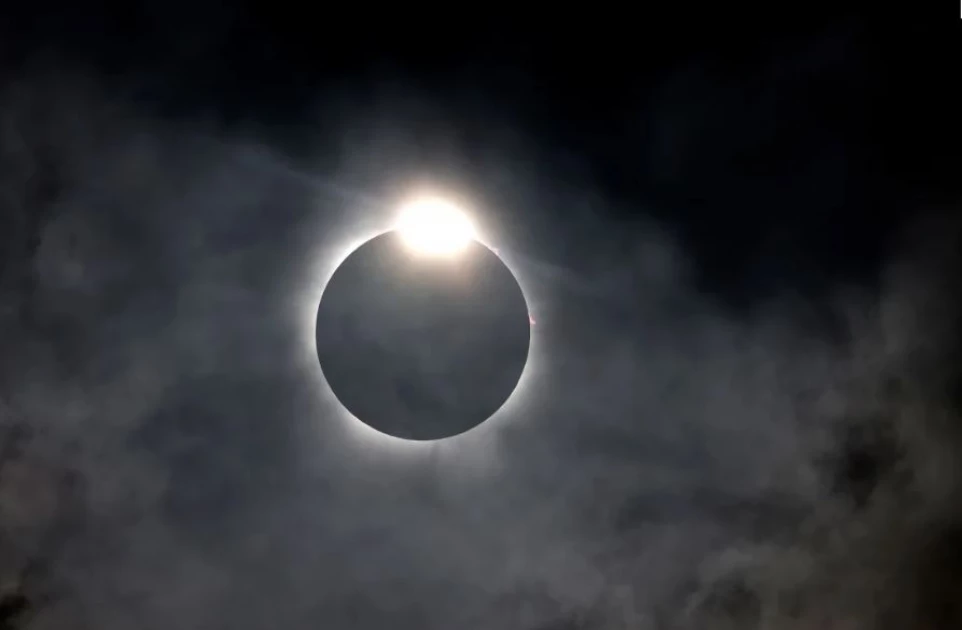A sky spectacle awaits you: This is when Kenya will witness solar eclipses

A total solar eclipse witnessed in Northern America on Monday.
A section of Kenyans were curious while planning moon viewing moments to witness the eclipse.
As many, including a section of Kenyans were eager to see the mysterious phenomenon, only people in Northern America regions were treated to the scenic moment.
Tens of millions of people craned their necks, tilted their heads to the sky and watched in wonder as the day turned to night. This was a phenomenon like no other, where the Moon moved between the Earth and the Sun, extinguishing its light in a total solar eclipse.
KENYA’S TURN
Kenya has been able to witness 10 eclipses since 1926, while its last total solar eclipse was visible in 1973.
Tourists, science enthusiasts and researchers from all corners of the world flocked to the shores of Lake Turkana, which became one of the best locations on Earth to view this rare phenomenon.
Approximately 160 Kenyans even boarded a special sun eclipse flight to witness the spectacle, putting Kenya on the global map.
Strangely enough, total solar eclipses attract huge attention from watchers all over the world.
Between 1980 and 2013, four solar eclipses beautified the Kenyan skies. These included an annular eclipse in 1983, 2005, and 2010, as well as a hybrid solar eclipse—a rare astronomical event combining total and annular phases—in 2013.
Some of the events that people expect are usually:
1. Darkness when the moon covers the sun completely
2. What may appear as a sunset and a sunrise both at the same time
3. Stars and even a comet could be visible.
According to solar-eclipse.info, Kenya will be witnessing a Partial Solar Eclipse in 2027, an Annular Eclipse in 2038, and a Total Solar Eclipse in 2041.
As many would marvel in the wonderous natural occurrence of the solar system, Kenyans have in the past sparked conspiracies and myths speculating the end of the world during the happenings of the solar eclipses.
THE SOLAR ECLIPSE PHENOMENON
A solar eclipse occurs when the moon passes between the Sun and the Earth, completely blocking our view of the Sun and casting a shadow on Earth. There are three types of solar eclipses – namely partial, annular and total.
When the moon completely covers the sun, it is referred to as a total solar eclipse. An annular eclipse occurs when the moon passes between the Earth and the Sun, but it doesn’t fully obscure the Sun, creating a “ring of fire” effect.
On the other hand, a partial solar eclipse occurs when the sun, moon, and Earth are not precisely lined up resulting in a partial covering of the sun.
The extent to which the Sun has covered the moon determines which of the three types of solar eclipse you will see.
When the moon blocks some of the sun, it’s a partial solar eclipse, but when the moon lines up with the sun, blocking all of its light that’s when total solar eclipse.
Several factors go into enjoying a total solar eclipse. According to NASA, viewers need clear skies to ensure the phenomenon isn't blocked by clouds, and only those within the path of totality will see the full effect of the sun being blotted out.
Want to send us a story? SMS to 25170 or WhatsApp 0743570000 or Submit on Citizen Digital or email wananchi@royalmedia.co.ke
Comments
No comments yet.


Leave a Comment